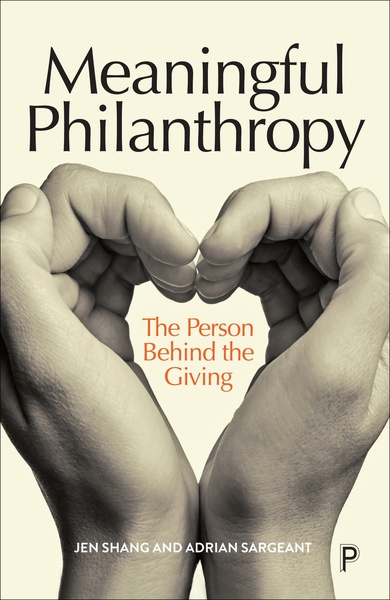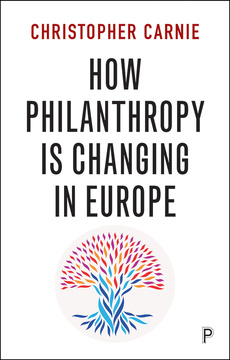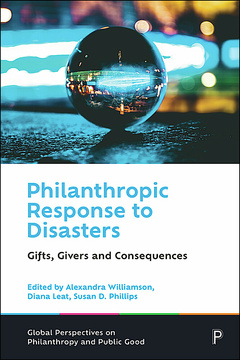Published
Jul 16, 2024Page count
186 pagesISBN
978-1447371762Dimensions
216 x 140 mmImprint
Policy PressPublished
Jul 16, 2024Page count
186 pagesISBN
978-1447371779Dimensions
216 x 140 mmImprint
Policy PressPublished
Jul 16, 2024Page count
186 pagesISBN
978-1447371779Dimensions
216 x 140 mmImprint
Policy PressWith unparalleled access to some of the world’s most reflective and thoughtful philanthropists, this book explores the philanthropic journeys of 48 high net worth individuals (HNWIs) and ultra-high net worth individuals (UHNWIs) to uncover the person behind the giving.
Their stories reveal the difference between the meaning they experience and the impact their philanthropy makes. Through the lens of philanthropic psychology, the authors examine how philanthropists experience their giving and the psychological challenges they need to overcome.
This fascinating book provides a unique guide for new and experienced philanthropists and their trusted advisers and fundraisers in the creation of more meaningful philanthropic experiences.
“Delving into the complex motivations behind the diverse dreams and strategies that animate the world of giving, this book is essential reading for anyone seeking to understand and interact effectively with today’s biggest givers." Peter Frumkin, Gradel Institute of Charity, University of Oxford
“We have long sought to understand the motivations of philanthropists. This book introduces what should be at the root of philanthropy, with new concepts that critically challenge our misconceptions.” Wendy Wong, The Archdiocese of Toronto
Jen Shang is Professor of Philanthropic Psychology and Co-Director of the Institute for Sustainable Philanthropy. Jen Shang is the world’s only philanthropic psychologist.
Adrian Sargeant is Professor of Fundraising and Co-Director of the Institute for Sustainable Philanthropy.
1. Introduction
2. Psychological Ownership and Moral Conviction
3. The Self
4. Identity Ceding
5. The Essential Self
6. Meaning and Meaningfulness
7. Paths to Meaningful Philanthropy
8. Conclusion














